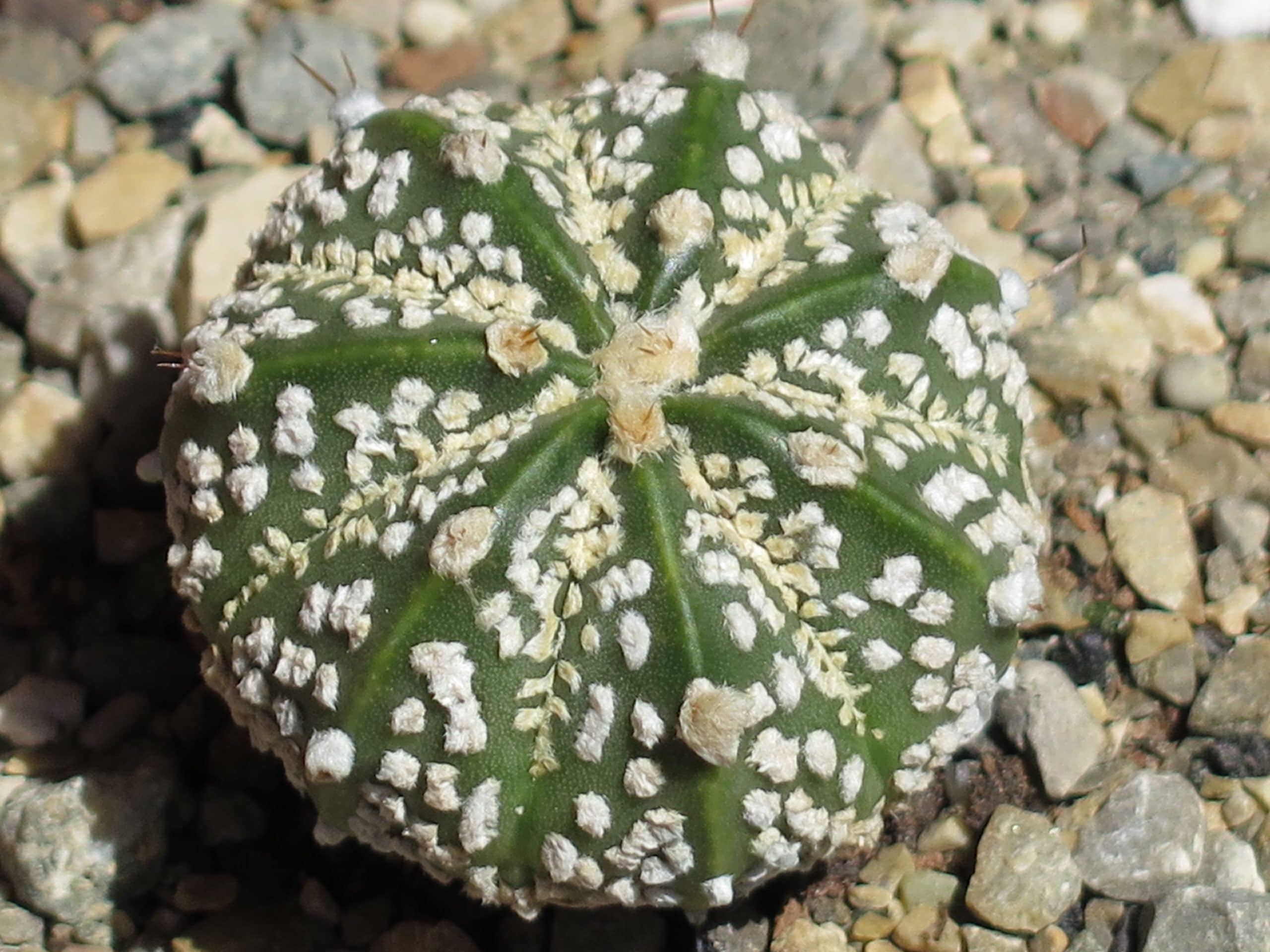
Cacti of the genus Astrophytum They are one of the most sought after among collectors, both beginners and advanced. The shape they acquire is so curious and the flowers they produce so beautiful, that I am almost completely sure that all cactus-addicts have or are thinking of acquiring a specimen.
Its maintenance is quite simple, although if it is the first time you take care of a plant of this type, you may have many doubts about its care. But don't worry what then I'm going to tell you all about them, the star-shaped cacti.
As they are?
The Astrophytum (in Latin, star-shaped plant) are cacti native to Mexico and the southern United States. The genus was described by Charles Lemaire and published in Cactearum Genera Novea Speciesque Novae in the year 1839. It is composed of five unique species, which are:
Astrophytum asterias
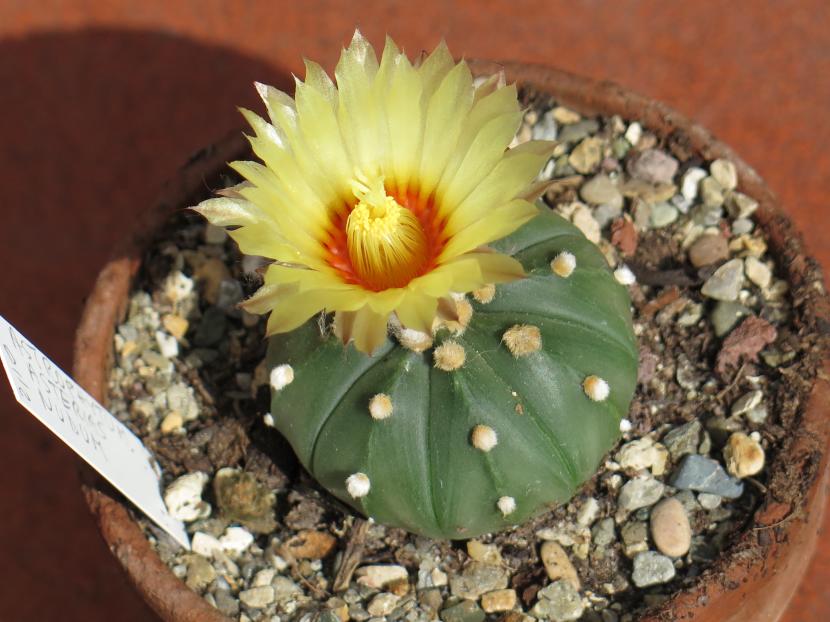
Astrophytum asterias 'Nudum'
It is native to Mexico, specifically Tamaulipas and Nuevo León, as well as the Rio Grande Valley in Texas (USA). Its stem acquires the shape of a flattened sphere, with a maximum height of 5 centimeters and a diameter of 10 centimeters. It does not have thorns, but it does have very beautiful yellow flowers up to 6,5cm in diameter.
Astrophytum capricorne
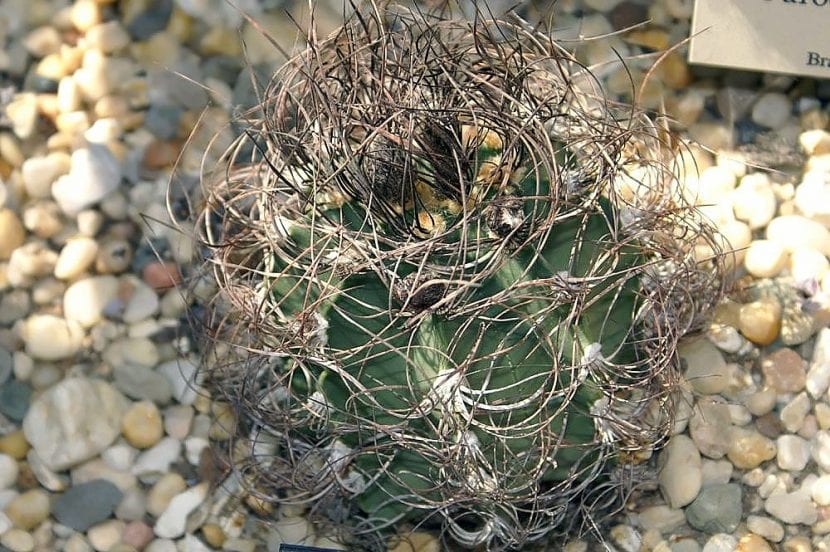
Image - Wikimedia / David J. Stang
It is a globose cactus native to Mexico whose height is 10-15cm and its diameter of up to 20cm. Its stem is made up of 7-8 highly visible ribs from which long and curved spines sprout. The flowers are yellowish and large, 6cm in diameter.
Astrophytum caput-medusae

Image - Flickr / Reggie1
It is endemic to Nuevo León (Mexico). It is a very peculiar species, as its stem is very reminiscent of the appearance of jellyfish, since has 3 to 8 cylindrical ribs that look like the "legs" of the animal. It is armed with thorns up to 3mm in length, and its bright yellow flowers up to 5,3cm in diameter.
Astrophytum myriostigma
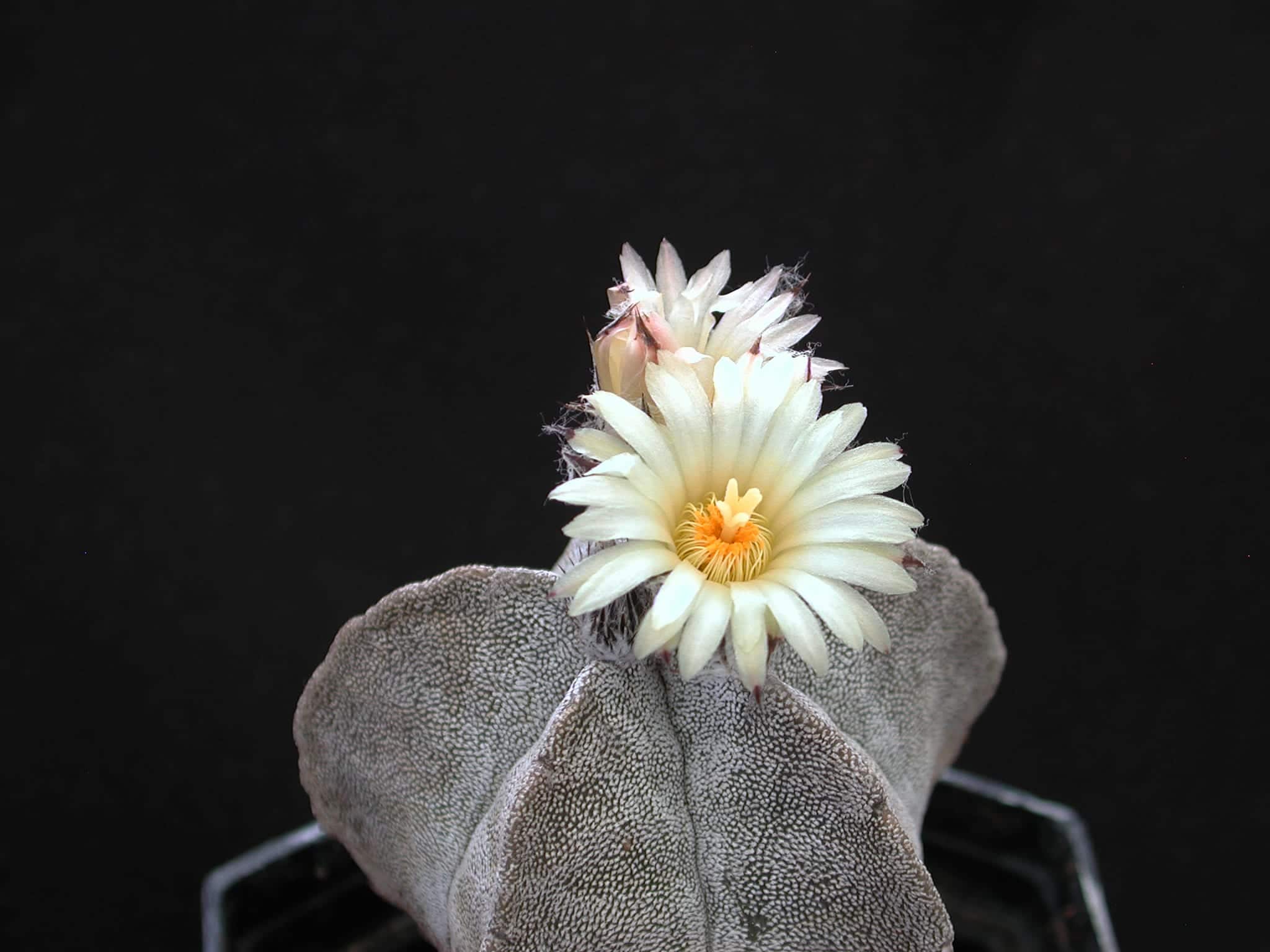
It is an endemic cactus from Coahuila and Durante, in Mexico. Its stem is almost square, with 8 ribs from which small spines sprout. Over time it can reach a height of up to 1m, and a diameter of 20-30cm. The flowers are yellow or rarely white, 5-6cm in diameter.
Astrophytum ornatum

Image - Wikimedia / Stan Shebs
It is endemic to Querétaro and Hidalgo, in Mexico. As a young man, it has a globose stem, but as it grows it acquires a column shape of up to 1,2 meters by about 20-30cm in diameter. It has a central spine and 5-10 pale yellow radials. The flowers are yellow.
What are their cares?
If you want to have a specimen of star cactus, I recommend you take care of it as follows:
Location
It is a plant that it has to be outside, in full sun. In the case that it has been grown in semi-shade, you will have to get used to it little by little, starting in autumn at the end of winter, which is when the insolation is less intense.
Earth
- Flower pot: you can use universal growing medium mixed with perlite in equal parts. Another option is to mix black peat with river sand -washed previously- and pumice in equal parts.
- Garden: grows in soils with very good drainage, slightly alkaline. If the one you have is not like that, dig a hole of about 40 x 40cm, and mix the soil with 50% perlite.
Irrigation
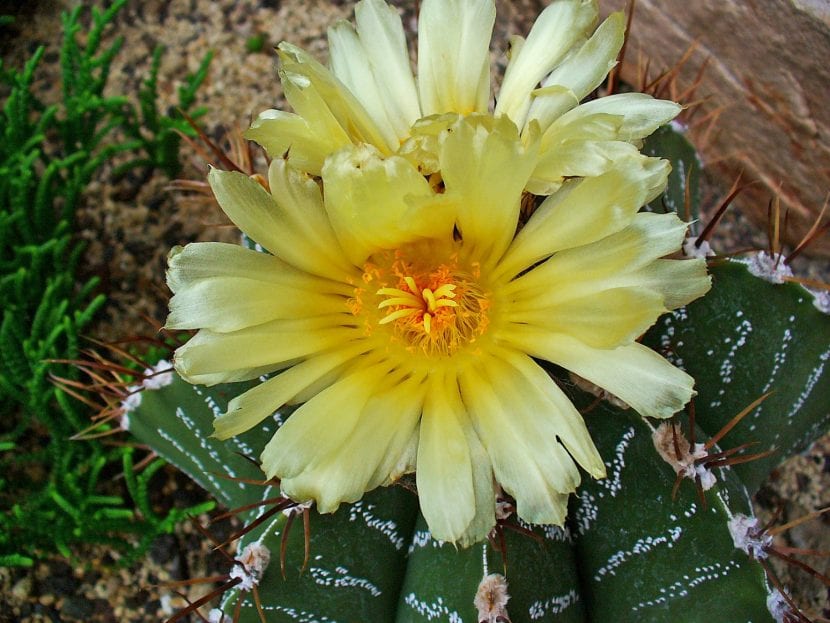
Image - Wikimedia / H. Zell
En general, irrigation will be rather scarce. It does not tolerate puddling at all, and in fact, it is normal for its roots to rot quickly in conditions of excess humidity. So to avoid problems, I recommend that you do the following:
- If it is potted:
- Weigh it once watered and again after a few days. You will notice that wet soil weighs more than dry soil, therefore, this difference in weight will serve as a guide.
- Use a digital humidity meter: it is not very reliable to say, but it is also a good guide if you introduce it closer to the cactus and again further away.
- If you are in the garden: insert a long, thin stick (about 40cm) of wood almost to the bottom. If when you remove it you see that it has come out with a lot of adhering soil, do not water.
And what is there to do in winter? Well, in that season you have to water once a month, since not growing does not need much water.
Important- Every time you water, do not wet the cactus, only the soil, otherwise it will rot.
Subscriber
In spring and summer It is advisable to fertilize Astrophytum with fertilizers for cacti, following the indications specified on the product packaging.
Multiplication
It multiplies by seeds in spring-summer, following this step by step:
- First, you must fill a pot with universal growing substrate mixed with 50% perlite, and water.
- Then sow the seeds on the surface, being careful not to get clumped together.
- Then cover them with a thin layer of previously washed river sand, or pumice.
- Finally, place the seedbed near a heat source, in a bright area.
Thus, they will germinate in 3-7 days.
Plagues and diseases

It is quite sturdy. The only thing is that you have to control the molluscs (snails and slugs) and at mealybugs, but as it is a relatively small cactus it is good to remove the pests it has, with your hands, molluscicides (be careful if you have domestic animals) or other Home Remedies like protecting it with mosquito netting.
With regard to diseases, if overwatered the mushrooms they could cause you a lot of problems. So that this does not happen, you have to control the risks a lot and, if you want, do preventive treatments with copper or sulfur in spring and autumn.
Rusticity
From experience I can tell you that resists weak frosts down to -1,5ºC without being damaged; so it is likely to hold up to -2ºC.

What do you think? 🙂